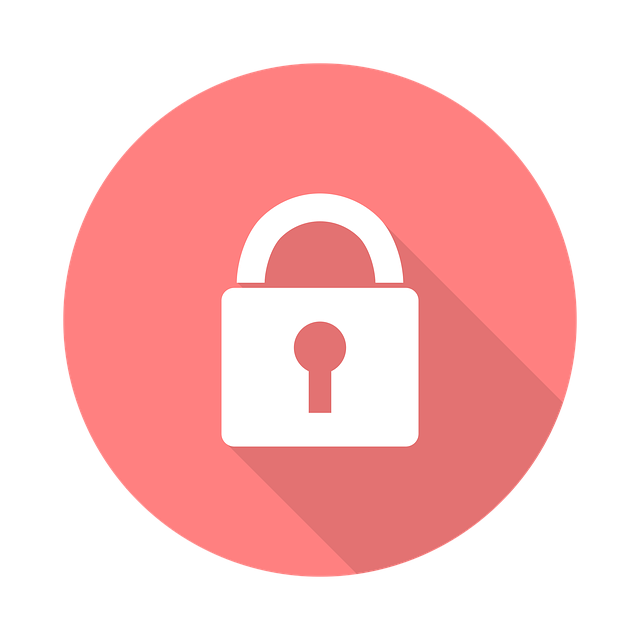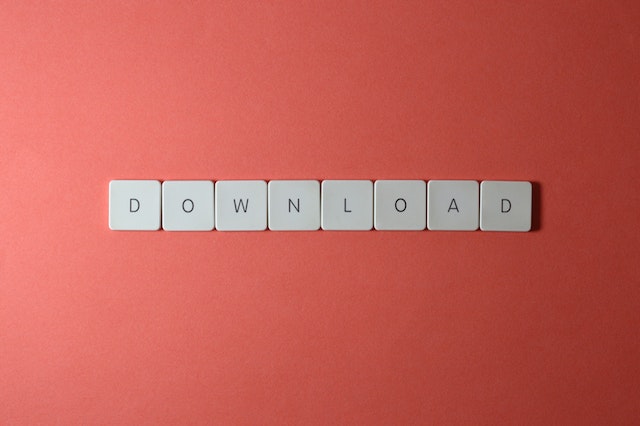Music has been an integral part of human culture, serving as a reflection of our emotions, stories, and history. With the advent of the internet, accessing music has become easier than ever before. However, with such convenience also come risks, especially when downloading music from unverified sources. Let’s dive deep into the murky waters of the online music world to uncover these hidden dangers.
The Lure of “Free” Music
It’s tempting. A quick search online can land you on websites promising your favorite tunes without any cost. But what’s the real price you might be paying?
1. Malicious Software
The most evident danger of downloading from unverified sources is the threat of malicious software. These software programs, often referred to as malware, can include viruses, worms, trojans, spyware, ransomware, and more.
How it Works: Unscrupulous actors often bundle malware with fake music files. Once downloaded and opened, these files can execute harmful software on your device. Some might aim to steal your personal information, while others might lock your files and demand a ransom.
2. Compromised Personal Data
In the era of data breaches and identity theft, your personal information is gold. Downloading from dubious sites often requires you to provide some personal data or allows the site to place tracking cookies on your device.
How it Works: Some fake music websites are merely fronts for more nefarious operations. They can gather data ranging from your browsing habits to more sensitive information like passwords or credit card details if you’re tricked into providing them.
3. Poor Quality Files and Fakes
Unverified sources might not even provide genuine music files. Instead, you might end up with corrupted files, poor quality recordings, or entirely different content altogether.
How it Works: These platforms often don’t have any quality control. Since their primary goal might be to spread malware or collect data, the music file itself is of secondary importance.
Malicious Software: A Closer Look
Given that malicious software poses such a significant threat, it’s essential to understand how it hides within music files:
- File Extensions Manipulation: The music file you’re downloading might show a ‘.mp3’ extension, but it could be altered to hide an executable program. For instance, a file named ‘song.mp3.exe’ might appear as ‘song.mp3’ on some systems, especially if they’re set to hide known file extensions.
- Dual Extensions: Some files can have two extensions. While the first one might be ‘.mp3’ to lure in unsuspecting users, the second could be ‘.exe’ or ‘.vbs’, which indicates executable content.
- Embedding in Metadata: Malware can be embedded in the metadata of a genuine music file. This means that while the music might play correctly, the malware hidden within can still execute its malicious operations.
Safe Downloading Practices: Ensuring Harmonious Music Experiences
While the digital landscape may be fraught with risks, it doesn’t mean we must abandon our pursuit of the perfect playlist. Instead, it’s about navigating the online world with informed care. Safe downloading practices are your best defense against the dangers of the cyber realm.
1. Identify Legitimate Platforms
Not all music platforms are out to get you. Many legitimate platforms offer a wide selection of music either for free, through a subscription model, or for a one-time purchase. Familiar names like Spotify, Apple Music, and Amazon Music have established their reputation over the years. Using these known platforms minimizes risks.
Tip: Be wary of websites that resemble popular music platforms but have slightly altered URLs. These can be phishing sites designed to deceive.
2. SSL Certificates: The First Line of Defense
When visiting a music download site, always check if it’s secured with an SSL certificate. SSL (Secure Sockets Layer) ensures that any information you exchange with the site is encrypted. You can easily identify sites with SSL; they start with ‘https://’ instead of ‘http://’, and a padlock symbol is often displayed in the address bar.
3. Reputable Payment Gateways
If you’re purchasing music, ensure the platform uses reputable payment gateways like PayPal, Stripe, or recognized credit card processing systems. These gateways offer additional layers of security and fraud prevention.
4. Clear Licensing Information
One of the hallmarks of a legitimate music download site is transparent licensing information. This ensures that artists are being compensated fairly, and you’re legally obtaining your music. Many rogue sites neglect this aspect as they distribute content without proper rights.
Arm yourself with knowledge, and approach music downloads with a discerning eye. By sticking to verified platforms and ensuring proper security measures, your music experience remains both rich and safe. Let the rhythms of the Sonodrum take you away, but always keep your digital safety in tune.
Conclusion
The world of online music is vast, and while it offers unparalleled convenience, it’s also rife with risks. The key to enjoying your favorite tunes without jeopardizing your digital safety is vigilance. Always ensure you’re downloading from reputable sources, invest in robust antivirus software, and be wary of offers that seem too good to be true. In the symphony of the online world, let’s ensure our devices play the right notes.

